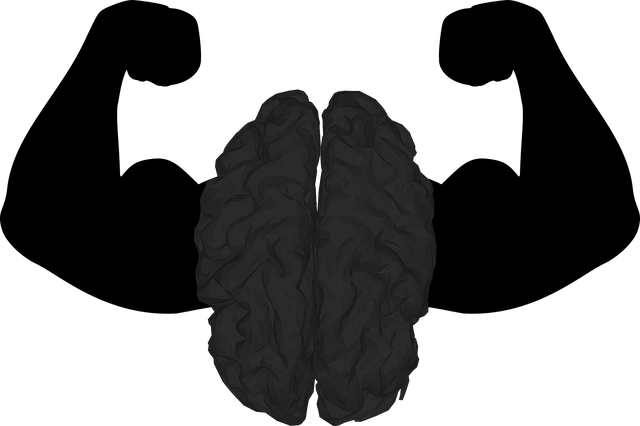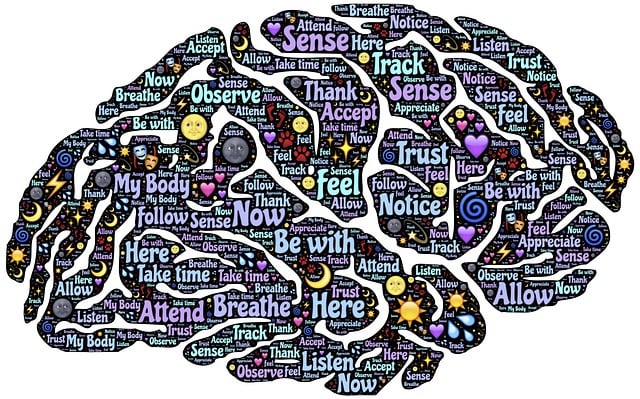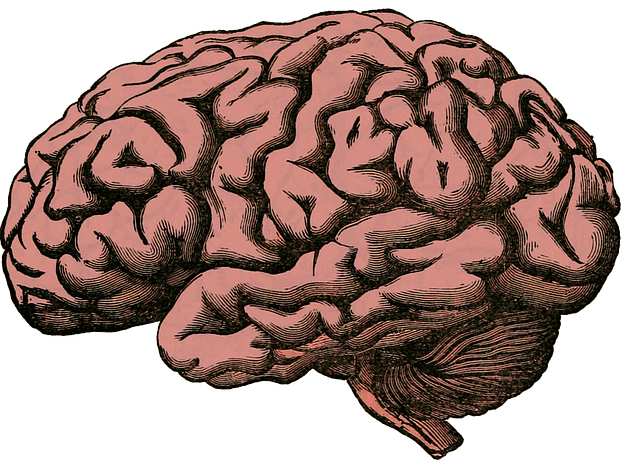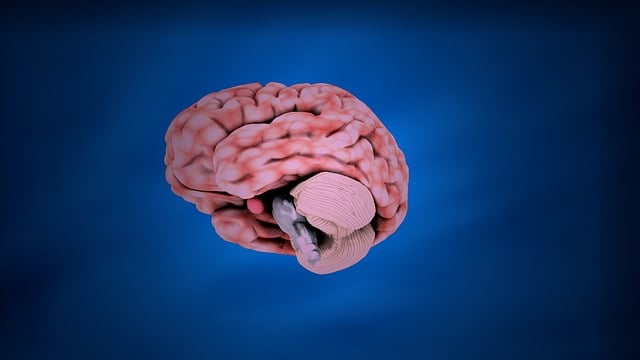Mindfulness meditation is an effective therapy for managing Wheat Ridge Panic Disorder and Anxiety Attacks by reducing attack frequency and intensity. Creating a dedicated meditation corner at home, with consistent 10-15 minute sessions gradually increasing in duration, enhances emotional intelligence and coping strategies. Overcoming challenges through mindful breathing exercises, realistic expectations, and empathy-building scenarios aids in stress reduction. Public awareness campaigns promoting mindfulness can encourage regular practice, fostering a supportive environment for managing anxiety and panic disorder symptoms.
“Discover the transformative power of mindfulness meditation as a powerful therapy for Wheat Ridge panic disorder and anxiety attacks. This comprehensive guide offers practical steps to integrate meditation into your daily routine at home, fostering calm and control. Learn essential techniques and tips to overcome common challenges during practice, allowing you to navigate anxious moments with resilience. Embrace a healthier mindset and reclaim your peace of mind.”
- Understanding Mindfulness Meditation for Wheat Ridge Panic Disorder and Anxiety Attacks
- Setting Up Your Meditation Practice at Home
- Techniques and Tips to Overcome Challenges During Meditation
Understanding Mindfulness Meditation for Wheat Ridge Panic Disorder and Anxiety Attacks

Mindfulness meditation has emerged as a powerful tool for managing Wheat Ridge Panic Disorder and Anxiety Attacks. This ancient practice involves focusing one’s awareness on the present moment, non-judgmentally, to cultivate a sense of calm and clarity. For individuals suffering from panic disorder, mindfulness offers a way to disengage from intrusive thoughts and physical sensations that can trigger attacks. By developing coping skills through meditation, individuals learn to observe their anxious responses without reacting impulsively, thereby reducing the frequency and intensity of episodes.
Incorporating mindfulness into daily routines can significantly enhance mental wellness and prevent burnout, which are often associated with anxiety disorders. The practice encourages individuals to accept their feelings and thoughts as they are, fostering a deeper understanding of their emotional patterns. This self-awareness is crucial in managing stress and anxiety effectively. Through regular meditation, one can develop the mental resilience needed to navigate life’s challenges, ensuring better overall health and improved quality of life for those dealing with Wheat Ridge Panic Disorder and Anxiety Attacks.
Setting Up Your Meditation Practice at Home

Creating a dedicated space for your mindfulness meditation practice at home can significantly enhance its effectiveness. Start by finding a quiet area, free from distractions and clutter. A comfortable seat, such as a cushion or a well-cushioned chair, is essential to maintain postural alignment during your sessions. Ensure the room is cool and well-ventilated, promoting relaxation. Personalize your meditation corner with objects that evoke calmness, like plants, candles, or soft fabrics. This sensory environment will signal to your mind that it’s time to unwind and focus.
When establishing a routine, consistency is key. Choose a specific time each day, preferably in the morning or before bedtime, as this aligns with natural sleep-wake cycles. Begin with shorter sessions, around 10–15 minutes, gradually increasing duration as you develop endurance. Regular practice, especially for those managing Wheat Ridge panic disorder and anxiety attacks, can foster emotional intelligence and coping skills development. It’s a powerful tool to build confidence boosting strategies and enhance overall well-being.
Techniques and Tips to Overcome Challenges During Meditation

Overcoming challenges during meditation is a common barrier for many practitioners, especially those dealing with Wheat Ridge panic disorder and anxiety attacks therapy. One effective technique to enhance focus and calmness is incorporating mindful breathing exercises. By focusing on the sensation of air flowing in and out, you can anchor yourself in the present moment, distracting your mind from anxious thoughts or racing worries. This simple act of mindful awareness helps to regulate emotional responses and reduce symptoms associated with anxiety disorders.
Additionally, setting realistic expectations for your meditation practice is crucial. It’s important to remember that consistency is key; even short meditation sessions can have significant benefits. Empathy-building strategies, such as visualizing peaceful scenarios or recalling moments of calm, can also aid in navigating challenging thoughts and emotions during meditation. Public awareness campaigns development highlighting the benefits of stress reduction methods like mindfulness can further encourage regular practice and foster a supportive environment for individuals seeking to overcome anxiety and panic disorder symptoms through meditation.
Mindfulness meditation offers a powerful tool for managing Wheat Ridge panic disorder and anxiety attacks, fostering mental clarity, and enhancing overall well-being. By establishing a dedicated practice at home, using effective techniques, and overcoming challenges, individuals can navigate their mental health journey with increased resilience. Incorporating mindfulness into daily routines allows for better stress management, improved focus, and a deeper sense of calm, ultimately contributing to a holistic approach to Wheat Ridge panic disorder and anxiety attacks therapy.














